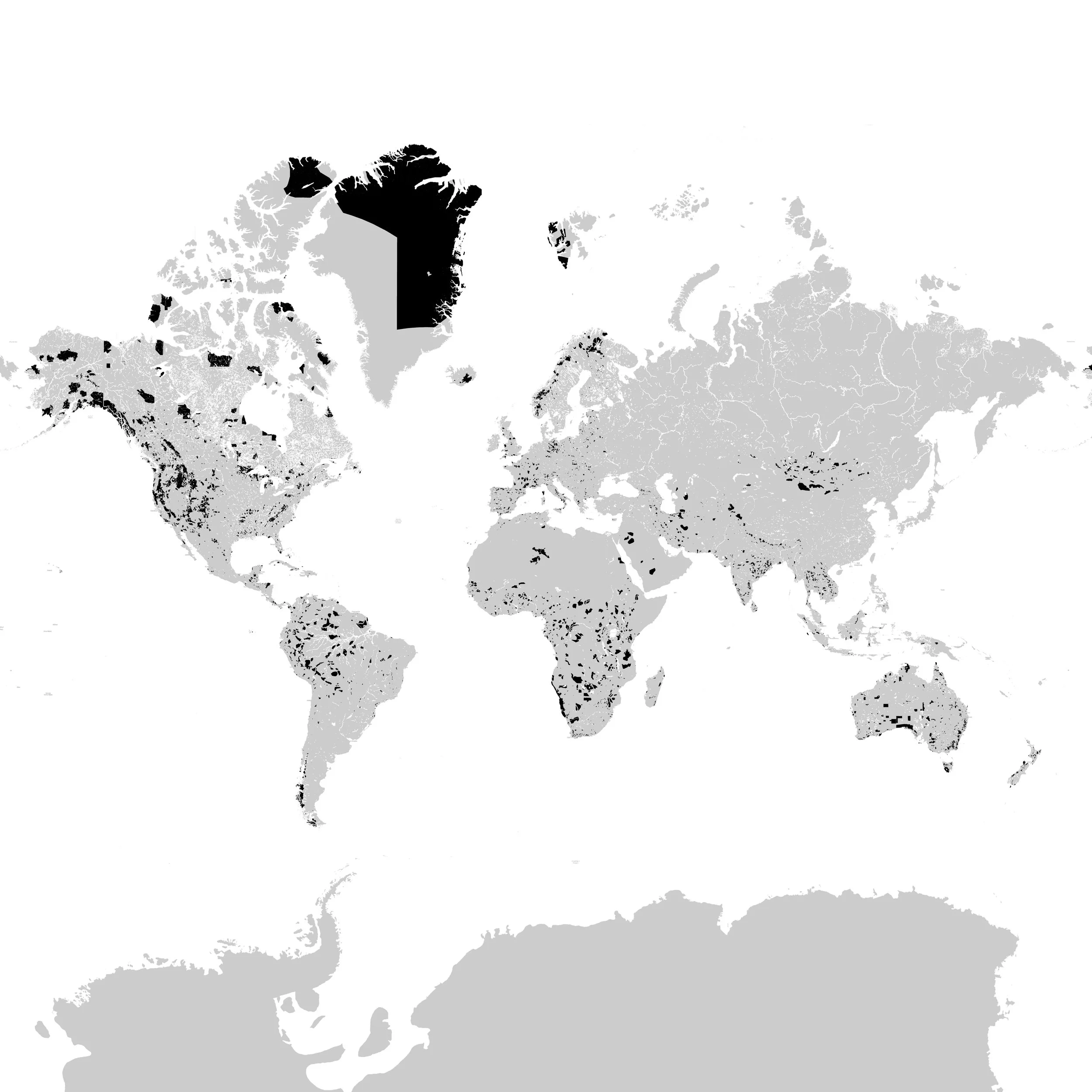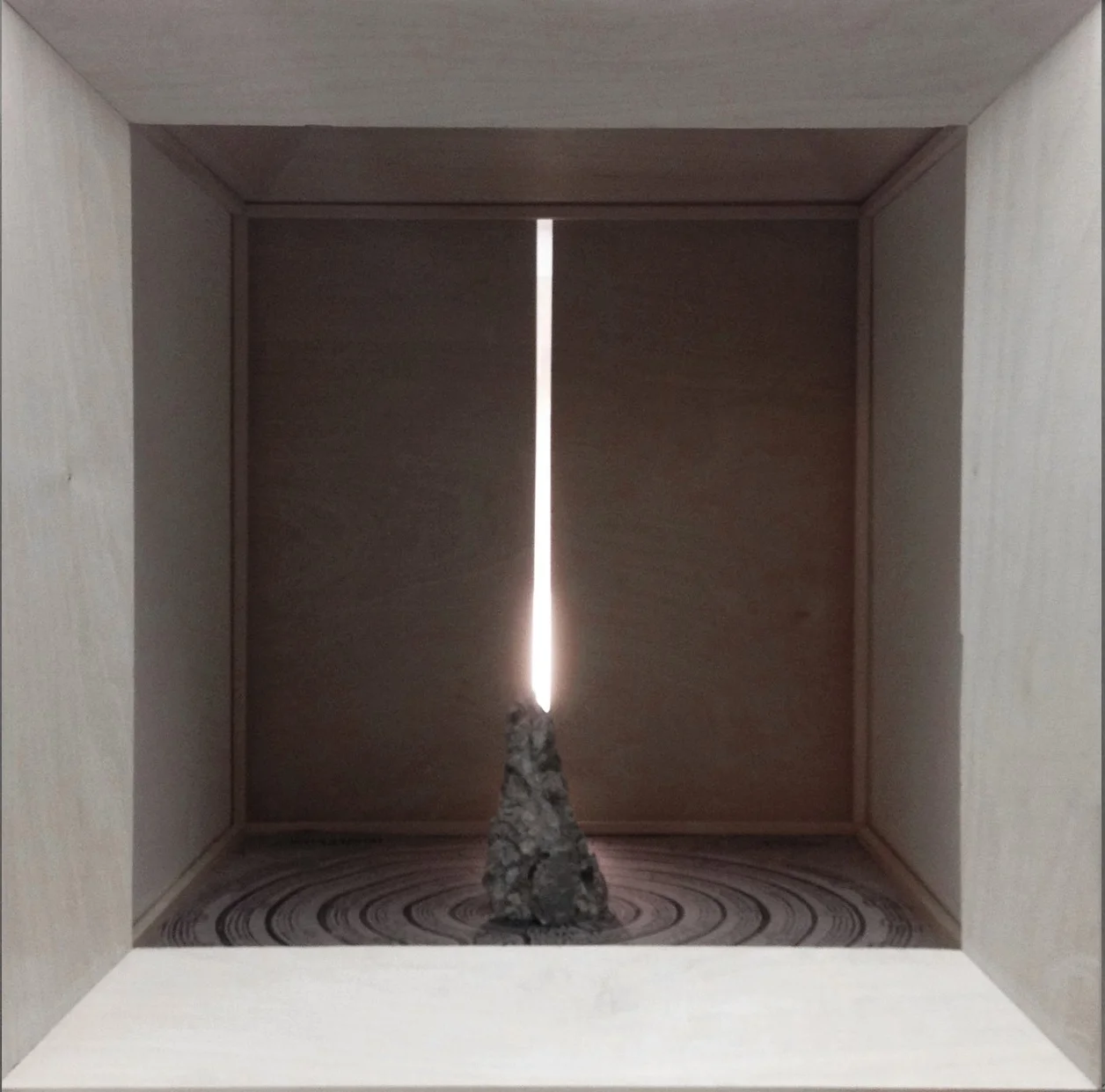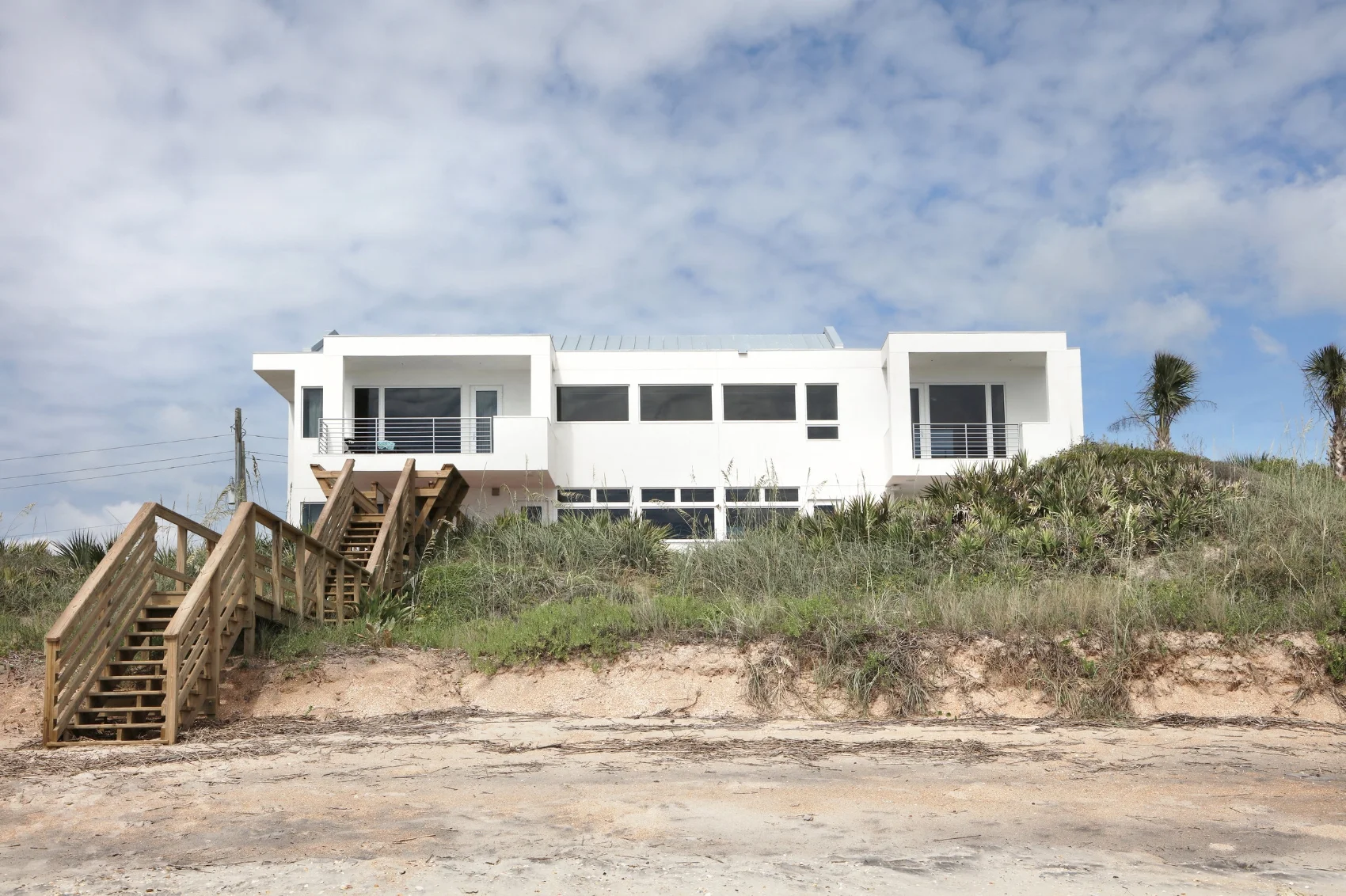70°8’North
70°8’North is an institute of Intergrative Geography is located in Eismitte (middle ice), Greenland. It is located 250 miles from the coast at an estimated altitude of 9,843 feet. To stand at Eismitte today is to stand atop layers of old camps buried progressively deeper in the snow. “Remote and inhospitable, Eismitte represents one of the scientifically richest location in Greenland, and in the artic world”. In the beginning of twentieth century, the polar region stood out as the unknown frontiers that beckoned to be explored. Felix Driver terms “the continued imaginative appeal of exploration in the modern world,” provides a valuable window into scientific exploration to see the process of discovery as a transformative one, of both man and environment.
The program is to seek equal opportunity between physical geography (the spatial characteristics of the various natural phenomena associated with the Earth's hydrosphere, biosphere, atmosphere, and lithosphere) and human geography (studies the world, its people, communities and cultures with an emphasis on relations of and across space and place). To negotiate for an integrative geography, marking territories for both. 70°8’North, the grid of speckle light on the surface of the snow mark the territories of the human domain. The entrance is oriented towards Thule, the beginning of all expeditions to Eismitte. The geography research center to focuses on the built environment and how humans create, view, manage, and influence space as well as examine the natural environment, and how organisms, climate, soil, water, and landforms produce and interact. The wing for integrative geography is the extension of CEN (Center for Earth System Research), Hamburg to represent a critically important set of analytical tools for assessing the impact of human presence on the environment. It will be dedicated to researching, studying, promoting, and expanding an integrative geography without borders. Ultimately, invent/create and execute with the goal of a symbiotic relation between the two. A artist wing will be constructed at one end, to exhibit and an archive related documents, works of the national geography, this include books, poetry, arts, novels, maps or other media relating to the national geography.
A public sphere- will situate on top of and adjoining the two wings, it will be an area in social life where individuals can come together to freely discuss and identify societal problems, and through that discussion influence political action. The public sphere is hovering over the progressively buried camp site from the past, and is "a discursive space in which individuals and groups congregate to discuss matters of mutual interest and, where possible, to reach a common judgment." The public sphere can be seen as "a theater in modern societies in which political participation is enacted through the medium of talk" and "a realm of social life in which public opinion can be formed".
ARCHITECTURE OF THE CITY
SPRING 2014
Instructor- Diane Lewis, Schubert, Sherer, Meridor, Estrin
STAGING
A VISIONARY HUMANITARIAN PROGRAM OF THIS TIME
TEATRINO + DRAWING + MODEL
70°8’North
The Institute of Intergrative Geography is located in Eismitte, Greenland. "Eismitte" means middle ice, the geometric center of Greenland’s ice sheet, is located 250 miles from the coast at an estimated altitude of 9,843 feet. To stand at Eismitte today is to stand atop layers of old camps buried progressively deeper in the snow. “Remote and inhospitable, Eismitte represents one of the scientifically richest location in Greenland, and in the artic world”. In the beginning of twentieth century, the polar region stood out as the unknown frontiers that beckoned to be explored. Felix Driver terms “the continued imaginative appeal of exploration in the modern world,” provides a valuable window into scientific exploration to see the process of discovery as a transformative one, of both man and environment.
The program seeks equal opportunity between physical geography (the spatial characteristics of the various natural phenomena associated with the Earth's hydrosphere, biosphere, atmosphere, and lithosphere) and human geography (studies the world, its people, communities and cultures with an emphasis on relations of and across space and place). To negotiate for an integrative geography, marking territories for both. 70°8’North.
the grid -
of speckle light on the surface of the snow mark the territories of the human domain. The entrance is oriented towards Thule, the beginning of all expeditions to Eismitte. The geography research center to focuses on the built environment and how humans create, view, manage, and influence space as well as examine the natural environment, and how organisms, climate, soil, water, and landforms produce and interact.
The wing-
for integrative geography is the extension of CEN (Center for Earth System Research), Hamburg to represent a critically important set of analytical tools for assessing the impact of human presence on the environment. It will be dedicated to researching, studying, promoting, and expanding an integrative geography without borders. Ultimately, invent/create and execute with the goal of a symbiotic relation between the two. A artist wing will be constructed at one end, to exhibit and an archive related documents, works of the national geography, this include books, poetry, arts, novels, maps or other media relating to the national geography.
A public sphere-
will situate on top of and adjoining the two wings, it will be an area in social life where individuals can come together to freely discuss and identify societal problems, and through that discussion influence political action. The public sphere is hovering over the progressively buried camp site from the past, and is "a discursive space in which individuals and groups congregate to discuss matters of mutual interest and, where possible, to reach a common judgment." The public sphere can be seen as "a theater in modern societies in which political participation is enacted through the medium of talk" and "a realm of social life in which public opinion can be formed".











